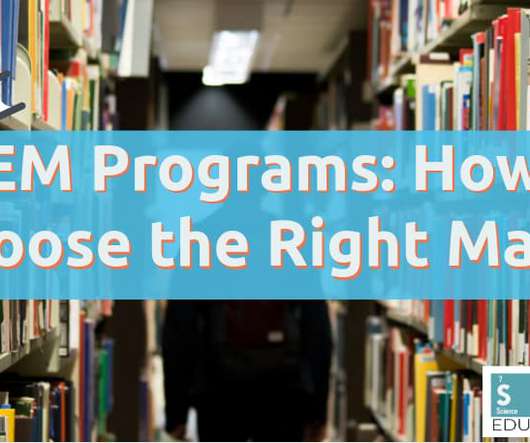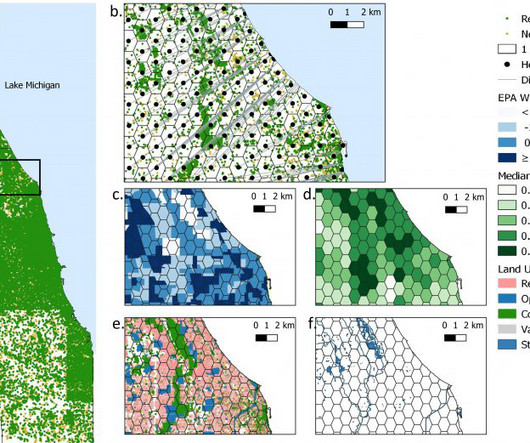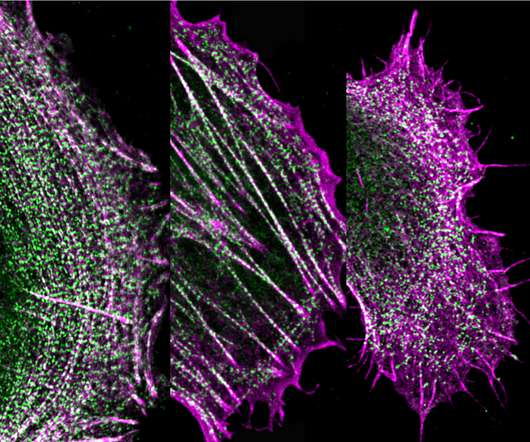STEM Programs: How to Choose the Right Major
STEM Education Guide
APRIL 18, 2022
Let’s look at the main branches: Science in STEM. It includes topics such as chemistry, biology, physics, astronomy, and geology. A student who pursues a science-related career can become a medical professional, meteorologist, agriculturist, zoologist, or biological technician. Engineering in STEM.











Let's personalize your content